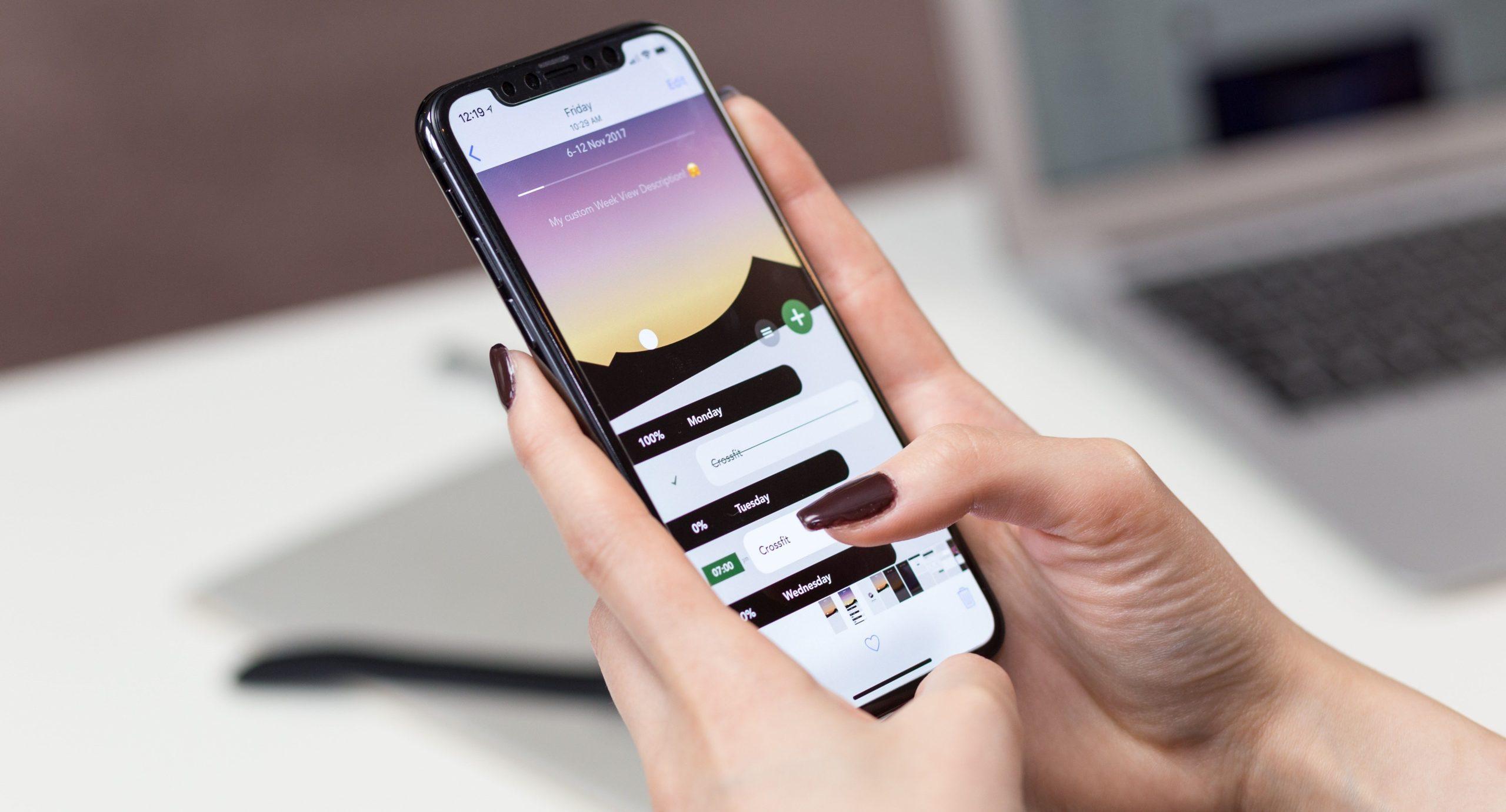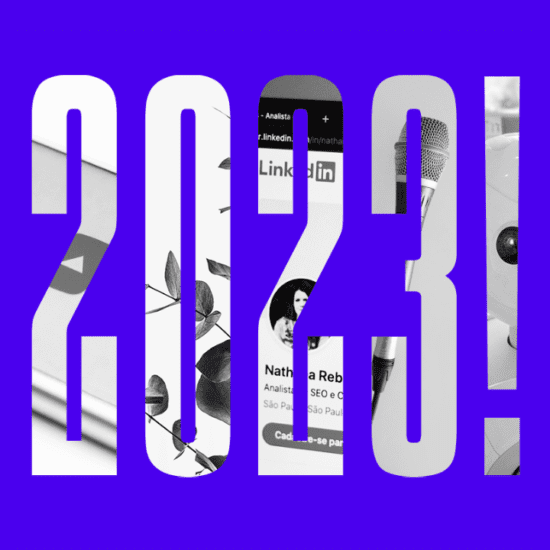
Although UX and UI are terms often used interchangeably, they are different concepts. When combined effectively, they have the power to create meaningful, memorable, and enjoyable digital experiences.
We’ve heard a lot about User Experience (UX) over the past few years. Where it was once acceptable to build a flashy website and hope for the best, the landscape has evolved.
Today, the way a user interacts with a site or product and navigates their digital journey is one of the most powerful design elements.
UX covers a range of digital elements like usability, utility, ease of use, and website performance. It ensures they work harmoniously to provide a seamless experience.
Since a website or app is usually the first place consumers interact with a brand, UX is critical for businesses aiming to grow their customer bases.
Consider companies like Apple, Tesla, Uber, and Adobe. They’re all major brands renowned for their UX. They believe in the importance of the digital experience to enhance customer engagement.
Knowing how their sites represent their brand, they prioritise UX and the customer journey – from the first touchpoint to the last.

Uber is renowned for its first-rate UX. Credit: Priscilla Du Preez on Unsplash.
UX and UI – What’s the Difference?
While UX is often used interchangeably with User Interface (UI), the two ideas are actually quite different.
When it comes to defining the difference between UX and UI, it’s worth thinking of them like this:
- User Experience (UX) relates to the overall experience users have while interacting with a product. Some of the steps needed for a meaningful digital experience include research, testing, accurate implementation, and reporting.
- User Interface (UI) relates to the visual design elements that allow people to interact with a product. It includes colours, shapes, and fonts, supported by concepts such as brand design and consistency, graphics and animation, and other similar forms of visual interactions.

UX and UI are not one and the same. Credit: Taras Shypka on Unsplash.
When in Doubt, Clarify Your Purpose
For all brands, first impressions matter. It’s the difference between engaging your audience upon arrival or repelling them.
To get it right, you need a thoughtful strategy and intentional execution.
Before you sit down to design, it’s important to understand your business and the complexity of the services or products offered. Then, examine your core values and brand purpose to define the ideal visitor experience.
This is the first step towards unlocking the strategy for your digital journey, and it’s a process that needs to happen before designers start to visualise all the different ways a website can come to life.
The terms UX and UI don’t work without the other. When they don’t work in harmony, the customer journey suffers.
This is where communication and clear strategy is so important – especially when there are multiple voices in the mix. Strategists, designers, and developers must communicate their ideas clearly to ensure everyone is on the same page.

It’s important that everyone is on the same page. Credit: John Schnobrich on Unsplash.
A Constant State of Change
Since every digital experience is different, every brand has its own ideas and every customer its own needs. It means the process of UX and UI design is dynamic and in a constant state of change.
Every customer journey should be customised to the brand and its digital environment. There’s simply no room for a cookie-cutter approach with design.
UX should always come first. It is, after all, the very foundation of why you are designing – to delight users.
After formulating a strategy, and once you are certain the UX aligns with both the purpose of the brand and the actual needs of the customer, it’s only then you can move on to the UI phase.
By following this method, designers can maintain consistency and open up a world of visual UI possibilities.

UX should come first. Credit: Freestocks on Unsplash.
Why You Should Care About the Digital Experience
Almost every brand has a digital presence, whether it’s a simple website or a fully-interactive, custom mobile app. Some even have both.
And it’s usually the first point of contact for customers searching for your products and services.
Combining well-planned UX with well-designed UI not only results in a better overall customer experience, it also helps build brand credibility.
A memorable digital experience helps generate better leads, drives more sales, and encourages visitors to keep coming back to your website. And that’s without mentioning what it does for customer engagement, cross-selling, and advocacy.
We’ve already mentioned the likes of Apple, Tesla, and Uber, all of which are renowned for the quality of their digital experience. Google, Spotify, and Netflix are other prominent brands that are great inspiration if you want to create a brilliant digital experience for your customers.
Combining the fundamentals of UX with a well-balanced UI helps ensure your brand experience is delivered exactly as you intended.
Nailing UX and UI is critical. It all starts with a well-conceived plan.
Remember, you can’t build UI without a well-defined strategy for UX, so take your time to map out the customer journey before you start thinking about the perfect digital experience and hitting the design tools.

Spotify is another notable brand that nails UX. Credit: sgcdesignco on Unsplash.
UX and UI and So Much More
At Hunt & Hawk, we believe your website is your best digital sales asset.
If you have any questions about how to combine UX and UI in a meaningful way that delights your audience, shoot us an email at hello@huntandhawk.com or follow the team at Hunt & Hawk on LinkedIn.





